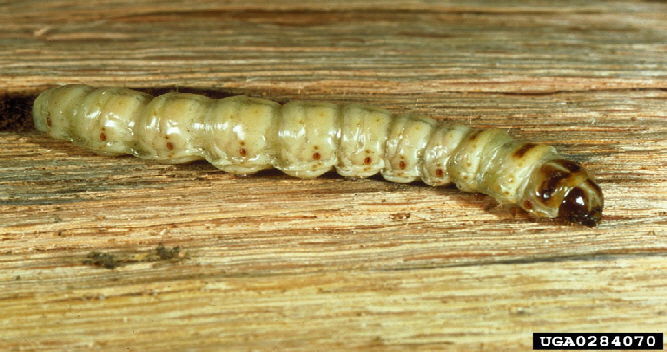Each year, thousands of Arizona residents email or call Rosie Romero’s radio show with questions about everything from preventing fires in their chimneys to getting rid of tree roots invading their sewer system. His goal is to provide answers that suit the specific lifestyle wherever someone lives in Arizona.
QUESTION: I have a 16-year-old ash tree and some of its tree limbs are starting to die off. This process started in August and has been continuing ever since. What could be causing this?
ANSWER: It could be a minor issue including water stress. Ash trees are pretty thirsty and need periodic deep watering. Sometimes entire branches will die but the tree will still survive. On the other hand, there is a serious pest — the carpenter worm — that can infest ash trees. The adult carpenter worm moth lays eggs in the crotch of tree limbs, and the larvae eat the interior wood of the tree. They weaken branches that can suddenly fall. It’s a problem that will eventually kill the tree. Unfortunately, there is no effective treatment for carpenter worms.
To check if you have this pest, start by looking for small ⅜-inch diameter holes near branch crotches and for a build-up of what looks like little piles of sawdust around the holes. If you confirm that you have this pest, you need to carefully remove the tree as soon as you can to prevent the insects from moving to other ash trees in your yard or neighborhood.
Q: My front sidewalk has gotten pitted over the years and is looking pretty shabby. Is there any way to cover up the damage without air hammering the walkway and removing it?
A: There are a couple of options. You can overlay the sidewalk with thin concrete pavers that are manufactured for these kinds of overlay projects. It’s possible you will have to make some step transitions if you have stairs in front of the house or if your sidewalk ties into the driveway. Another option that might take care of the transitions as well could be having an acrylic coating laid over the damaged area.
Q: I bought my house about a year ago and recently pulled up the linoleum in the bathroom and the garage. Underneath, I found that I have very wavy concrete flooring. What can I do to level off the flooring so that I can lay tile on top of these areas? And can I do this job myself?
A: Stores that specialize in building materials can sell you self-leveling coatings that can practically do the job for you. You simply pour the coating over the floor and it spreads out across the surface without you having to trowel extensively. The coating usually adds only about 1/64th of an inch to the floor, so it won’t create a problem with doors and cabinets.
Q: I have a huge acacia tree in my yard that I planted five years ago. Not long ago, I had a huge root from the tree that surfaced near the house. It’s about 3 or 4 feet long and about 4 inches in diameter. Another large one seems to be developing as well. Can I cut them off and dig them out before they manage to get under the house? Or will that kill the tree?
A: You have a couple of options. You can often simply cut off one or two roots without hurting a tree. They represent a very small percentage of the tree’s overall root mass. Another possibility would be to have a root barrier inserted into the soil in front of the house or in front of any other object you need protected. Before you take on this job yourself, it might be helpful to call a certified arborist to get an accurate diagnosis and management plan.





